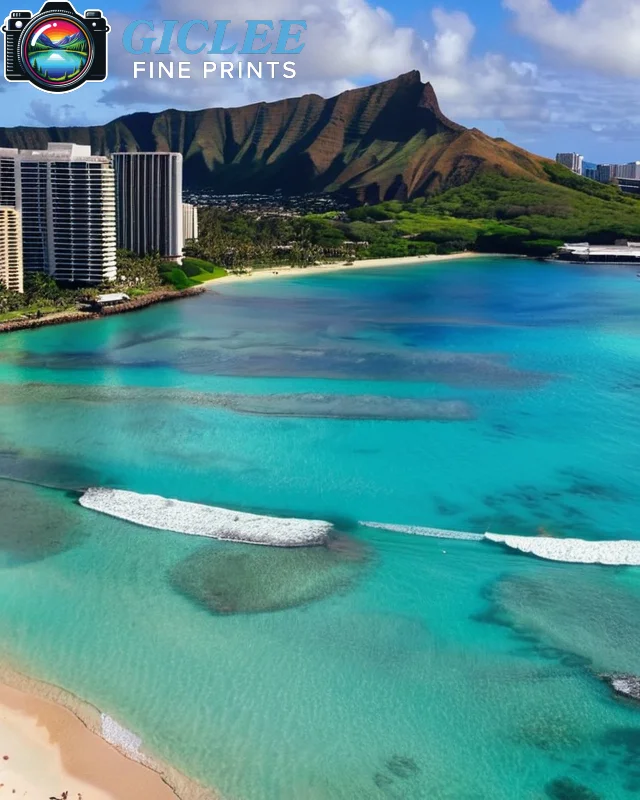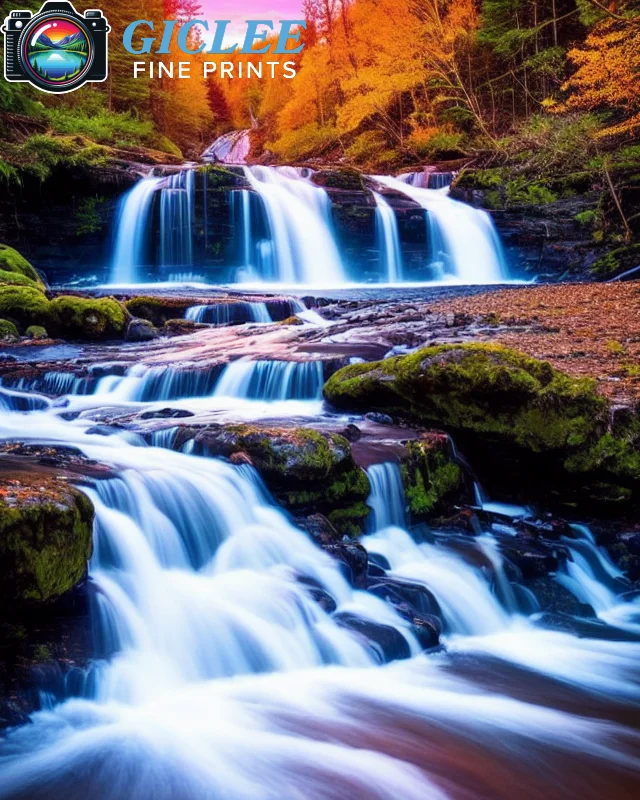
Designing artwork for prints (like posters, brochures, or photos on canvas) and websites are both important, but they are a bit different from each other. Even though both share some similarities, there are big differences in how you need to think about colors, images, and how people interact with them. At Giclee Fine Prints, we help artists and designers make their visions come to life, whether it’s on a screen or printed on paper, canvas, metal, or peel-and-stick wall art.
Medium and Material Constraints
- Print Design: Print designs are physical and fixed. Once printed, you can’t change it without printing again. The material you print on (like canvas or fine art paper) and the printing method (like giclée printing) are important because they affect the look and feel of your design.
- Web Design: Web design is flexible! It’s displayed on different screens like phones, computers, or tablets, so it needs to adapt to various screen sizes and resolutions. Unlike print, websites can be updated easily after they’re published.
Why it matters: Print is permanent once made, but websites can change anytime based on feedback or updates.
Color Modes and Quality
- Print Design: For printing, designers use CMYK (Cyan, Magenta, Yellow, Black) colors, which work best for print. The colors need to be spot-on, especially for art prints, so things like DPI (dots per inch) are important to get clear, sharp images.
- Web Design: On the web, colors are created using RGB (Red, Green, Blue). Colors can look different depending on the screen and brightness settings.
Why it matters: Colors on the screen might not always match printed colors exactly because screens and printers use different color systems.

Resolution and Image Considerations
- Print Design: For print, you need high-resolution images (300 DPI or higher) to make sure your prints come out sharp and detailed, especially for large prints like canvas or metal.
- Web Design: Images for the web need to be smaller in file size so they load quickly. Sometimes images on websites are lower resolution to keep things fast and smooth.
Why it matters: Print images need to be high resolution to stay clear, while web images need to balance quality with speed.
Typography and Readability
- Print Design: Typography (the style and arrangement of text) is controlled precisely in print. You can make sure the text looks perfect on paper, and it stays the same every time it’s printed.
- Web Design: On websites, text needs to be readable on different devices. This means the font size and layout may change depending on whether it’s being viewed on a phone or computer.
Why it matters: Print lets you control every detail of the text, while websites need to adjust based on how people view them.

Interactivity and User Engagement
- Print Design: Print is all about the physical experience. You can touch and feel the material, but it’s static—there’s no way to click on something or interact with it.
- Web Design: Websites are interactive! You can click on buttons, watch videos, and navigate through pages. Websites change depending on how users interact with them.
Why it matters: Print is something you hold and look at, while websites are something you click on and engage with.
Distribution and Audience Reach
- Print Design: Print is distributed physically, which means it might take more time and money to share with people. But it’s also more personal and leaves a lasting impression.
- Web Design: Websites can be accessed by anyone, anywhere, at any time. They can reach a huge audience instantly!
Why it matters: Print is local and personal, but websites can go global and reach millions of people.
Why Choose Giclee Fine Prints?
At Giclee Fine Prints, we understand the differences between print and web design. We help artists and photographers take their digital creations and turn them into high-quality prints that look great on canvas, fine art paper, metal, or peel-and-stick wall art. Whether you’re designing for print or online, we’re here to help bring your artwork to life!
Contact Us
Our address is: 3816 Pioneer Trail Ste #3, South Lake Tahoe, CA 96150
Email: Info@gicleefineprints.com
FAQs
Yes, but you’ll need to adjust for higher resolution, different color settings, and fixed layouts since web designs often rely on interactivity.
Yes, some fonts look great on screens but not in print. Other fonts are perfect for print because they look sharp and crisp at high resolutions.
Calibrate your monitor and use the right color profiles for print. Test prints can also help make sure the colors look just like you want them to.


